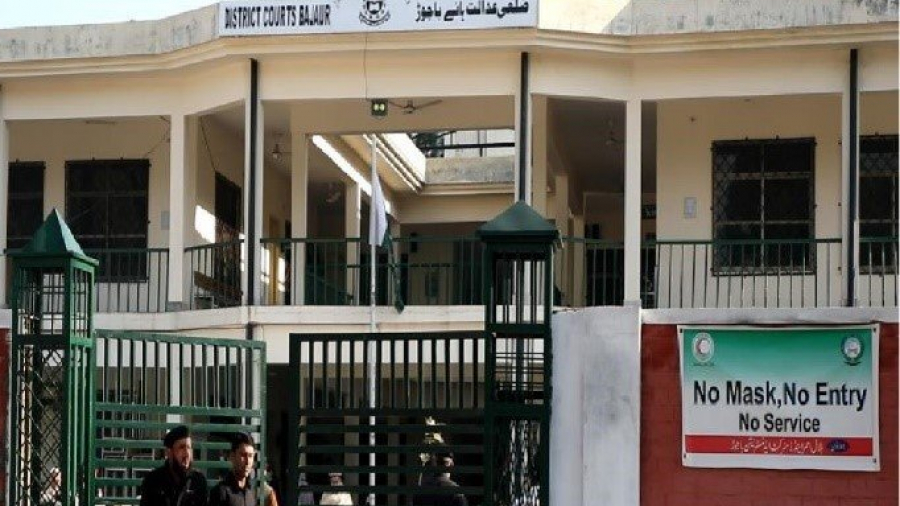Development in Newly Merged Districts
By Fatima Faraz Hoti
The 25th Amendment in the Constitution of Pakistan received assent from the President of Pakistan on 31 May 2018, after which the Federally Administered seven tribal agencies were officially merged with Khyber Pakhtunkhwa (KP). Keeping in view the sensitivities and strategic importance of merged districts, stability and development in these newly merged districts along the border with Afghanistan, are critical to national and regional security.
The Federal Government of Pakistan, in close collaboration with Khyber Pakhtunkhwa provincial government and Armed Forces, is working in the newly merged districts to provide basic services, facilitate economic opportunities and contribute to human capacity building. These jointly prioritized objectives are in line with Pakistan’s Tribal development Decade Strategy for 2020-2030, the mutual goal is to increase stability by delivering development to the former Federally Administered Tribal Areas (FATA).
The KP government is constantly assisted by the federal administration on the reconstruction and rehabilitation of public infrastructure that was damaged by long insurgency in the area. These mutual investments have improved the governance system and public service delivery for drinking water and sanitation. Additionally, USAID is also contributing to the KP government to enable sustainable public services in the merged districts by developing a local revenue generation tax collection system.
Various programs are being initiated to support citizen-to-government dialogue on development so that the grievances of people should be heard and addressed. To further build trust and increase cooperation among residents, a pilot project has been jointly initiated by KP government stakeholders, the Armed Forces and the Fata secretariat. Under the Tribal Areas Rural-to-Urban Centers Conversion Initiative (TARUCCI), Fourteen locations in the ex-FATA have been selected to be transformed into urban hubs, aiming to provide the people with better socio-economic and development opportunities.
Besides, the overall literacy rate in the newly merged districts (NMDs) is 28 percent and only eight percent among women. To address the challenge, the government has launched several educational programs aimed to improve the overall education system of schoolchildren and provide scholarships to deserving young men and women to obtain a university education. Conscious raising campaigns are being set up in different districts to create a conducive environment for females to get an education and excel in their areas of interest.
Regional stakeholders in ex-FATA have introduced public inclusive policies of skills development known as (SDP) in order to set out the actions needed to improve the skills and employability of their people. The plan has targeted technical skills development. It will contribute to the socio-economic development of ex-FATA.
In line with the same objectives, the provincial government and Armed Forces as financial and industrial sponsor seeks to provide stability and progress to the region through the instalment of industrial zones. At present five factories and mills are being constructed, while in the Banking and Services Sector four companies function under Army Welfare Trust in NMDs.
The aim of providing training to the tribal communities is to make them self-sufficient, conversant and part of the mainstream economy by transforming them into skilled and adroit manpower for the private sector industry and national institutions. The youth of ex-FATA has been given the opportunity to participate and be advocates of their rights in the social, political and financial institutions of the state and decide the future for their generation.





